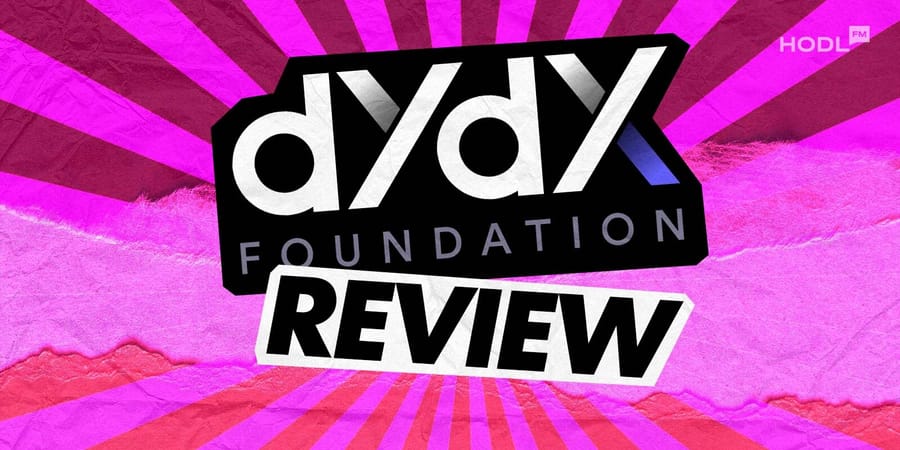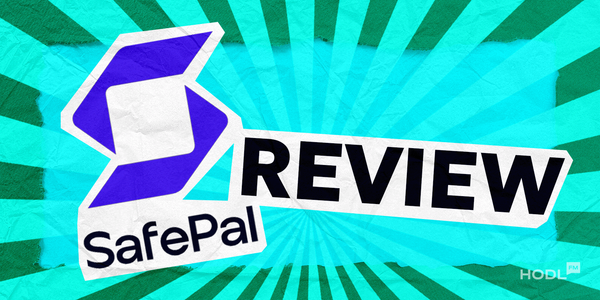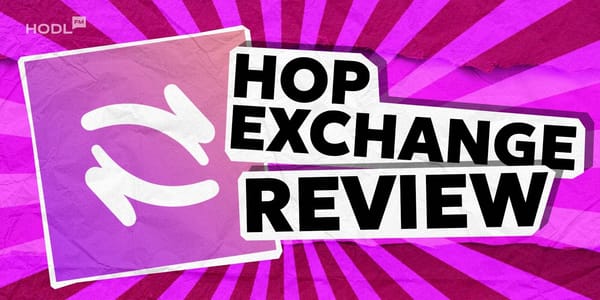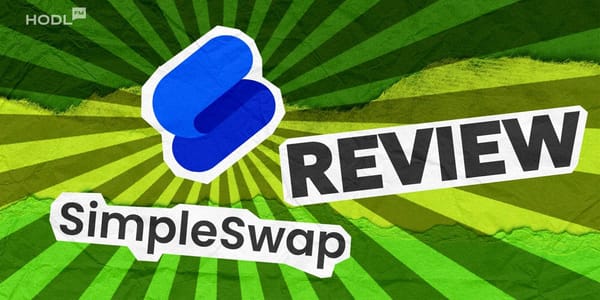dydX is a decentralized exchange (DEX) that has emerged as one of the most popular dydx crypto platforms, focused on perpetual contracts and extensive trading instruments. It is used all over the world by casual crypto traders and professionals who require low fees, non-opaque systems, and full control of their assets. The difference between dYdX and a normal custodial exchange is that it supports a non-custodial, user-controlled model focused on self-custody. It is a marketplace that is not intermediated and provides its users with great power and counterparty risk. This dYdx review will cover features, advantages, drawbacks, and the overall user experience on dYdX and help you determine whether it meets your requirements as a trader.
What is dYdX?
dYdX is a derivative trading platform that is non-custodial. It was started in 2017 by Antonio Juliano on the Ethereum blockchain, developing into its blockchain network, the dYdX chain, constructed using the Cosmos software development kit. This transition enables even scalability, free of Ethereum restrictions.
The primary product offered by the platform is perpetual contract trading. These are crypto derivatives that do not expire, through which users can hold a long position as long as the margin requirements are met. dYdX offers more than 35 trading pairs, including mainstream assets such as Bitcoin, Ethereum, Solana, and Cardano. The exchange frequently appears in the list of the leading DEXs by trading volume, thanks to its competitive rates and powerful trading engine.
By eliminating controlling entities, the platform allows its users complete control of their funds. Every transaction is carried out with the use of smart contracts, making them transparent and secure. This distributed system is suitable for traders who prefer privacy, control, and transparency over their finances.
Key Features of dYdX
One of the features that has enabled the platform to attain success in the DeFi arena is that it offers a wide range of features that cater to the needs of casual and professional traders. It has a smooth, efficient trading experience with a non-custodial trading model, detailed order types, and deep liquidity. In this section, we are going to discuss the characteristics of dYdX as a top-notch peer-to-peer exchange with regard to perpetual contracts and more.
Perpetual Trading
The most famous product of dYdX is perpetual trading, which enables users to conduct trading in perpetual contracts up to 20x margin. These contracts do not expire as traditional futures do. Therefore, traders may hold positions as long as they hold the necessary margin. This flexibility suits users who want to benefit not only from short-term price fluctuations but also from longer-term market trends without concerns about contract rollovers and settlement days. dYdX also offers a variety of risk management tools, like cross-margining and order types, to allow users to manage tight control over their positions and limit the risks of liquidation.
Among the biggest strengths of dYdX perpetual trading is synthetic exposure. Traders can get access to the price development of popular cryptocurrencies without becoming the owner of the underlying asset, such as Bitcoin or Ethereum. This not only makes the trading process more efficient and cuts down on transaction costs but also enables more and easier capital deployment to speculate, hedge, or employ complex strategies.
Cross-Margin and Leverage
All open positions on dYdX with the cross-margin feature are secured by your entire account balance. The arrangement enables the profitable positions to cover the shortfalls incurred on other positions, reducing the threat of liquidation in case of sudden movements in the market. Experienced traders prefer cross-margining since it facilitates collateral management and improves the allocation of funds across various trades.
Besides cross-margin, dYdX allows traders the ability to leverage 20x on their trades. This enables the traders to magnify their potential earnings through a greater sum of money borrowed against the collateral available to them. Though high leverage may significantly increase profits, it also implies a higher risk of huge losses. Risk management is therefore of the essence in this case. Cross-margin and high leverage are used collectively and provide traders with highly effective instruments to boost their trading strategy; nevertheless, not before they thoroughly understand the margin requirements and market dynamics.
Asset Support
Having more than 30 trading pairs available, such as the most popular BTC/USD, ETH/USD, and LINK/USD, dYdX represents a large variety of assets. Users can also execute token conversions using the dYdX swap function built into the trading interface. Besides the perpetual contracts, the site also provides an NFT marketplace called Hedgies. Within this marketplace, users have the opportunity to buy exclusive NFTs and gain rewards on their trades and special benefits within the community, thus offering a more enriched community ecosystem experience.
In terms of its distributed architecture, dYdX is developed using smart contracts and zero-knowledge rollups. The technology guarantees an increase in transaction velocity and fee reduction without tampering with security. The platform is community-governed: the dYdX token enables the community to govern itself by casting a vote on significant decisions, including protocol upgrades, fee changes, and other proposals, which provide the users with a direct voice to discuss the further development and direction of the platform.
dYdX v4 and dYdX Chain
Version 4 is the next huge step in distributed infrastructure and scalability, as all the operations take place on the dYdX Chain, a standalone blockchain developed with the Cosmos SDK and Tendermint proof of stake consensus. This Cosmos-powered network provides dYdX with independence to determine its scalability, performance, and charges. It can handle transactions that are large in number, up to 10,000 transactions per second, which is enormous compared to the low throughput capacity of the Ethereum blockchains that support only 15-25 TPS. dYdX, by using a non-Ethereum Layer 2, provides faster trade execution, low fees, and a more flexible trade experience, focusing specifically on the needs of a professional trader.
Another feature in the dYdX Chain is an off-chain order book that is managed by validators, which significantly reduces on-chain congestion without compromising decentralization and security. With this design, the platform can handle thousands of orders and cancellations per second, which is the speed and efficiency necessary in a high-grade peer-to-peer system. Governance and fee structure are totally in the hands of dYdX coin holders, which ensures community-mediated protocol upgrades and incentives. Altogether, dYdX v4 and dYdX Chain represent the new generation of decentralized perpetual trading, combining the blockchain and the future demands of the modern financial world.
dYdX Token (DYDX)
The dYdX token has three functionalities in the dYdX ecosystem. First, it is used in staking. On the dYdX Chain, users are able to delegate their tokens to the validators, helping secure the network. They, in turn, get part of the protocol fees.
Second, the platform provides a voice for its users on governance. The proposals that can influence the future of the platform can be submitted and voted on by the token holders. This involves the alteration of trading fees, reward payout, and rollout of new features.
Third, it has trading incentives and discounts on fees. Active traders are able to earn dYdX tokens on the basis of volume. Incentives are also given to the stakeholders. The market sets the price of the dYdX token depending on demand and the traffic on the dYdX platform. The present dYdX price can be traced on platforms such as CoinGecko or CoinMarketCap.
User Interface and Experience on dYdX
dYdX has a professional and clean user interface. It is made functional for advanced traders and, at the same time, usable by beginners. The design has a distinct trade panel, asset view, and order book. The traders can sell the market, and limit or stop orders. It has advanced charting tools to conduct technical analysis. The users also get to view analytics on open positions, the history of past trades, and performance metrics.
It does not have a specific dYdX app, but its web version has perfect capabilities to fit mobile gadgets. Integration with MetaMask wallets or WalletConnect is also easy. There are learning options, including a full academy and demo trading (testnet), that help a user understand how the platform works.
Fees and Costs
Active users on the dYdX exchange enjoy a multi-tiered structure of trading fees, charging a lesser fee depending on the amount traded. Users trading less than $1 million within 30 days have the taker fees at 0.05% (5 basis points). The lower-level maker fee is at 0.01% (1 basis point). Liquidity providers with large volumes may even attract a rebate. It means that the negative maker fee will bring them profit, an incentive to add liquidity to the platform.
During withdrawal, the amount of fees depends on the asset and blockchain network used. dYdX gives its users the ability to withdraw assets to various supported blockchain networks or via Coinbase, with controllable slippage options to ensure reduced price impact during withdrawals. Also, people with the dYdX token and traders with high volumes benefit from more rewards and fee discounts, making the trading process cheaper. It has all its fees and reward schemes available on the official platform website so that the user can comprehend and manage their expenses better.
Security and Trustworthiness
One of the most important DYdX standards is security. Any vulnerabilities found in core smart contracts are handled, and the updates are delivered after careful testing by reputable third-party firms. With the dYdX non-custodial system, dYdX provides users with the ability to control their assets, avoiding the dangers of custodial wallet management and hacking risks. The zero-knowledge rollup integration increases the speed of transactions, privacy, and transparency on the blockchain. Furthermore, under community governance, dYdX token owners can propose and vote, ensuring no single individual’s ability to exercise veto powers. This increases confidence in the platform.
Pros and Cons of dYdX
Before you decide to use the dYdX platform, think about the advantages and disadvantages of using the platform. The table below is an outline of the main advantages and disadvantages of dYdX.
How to Get Started on dYdX
Getting started on dYdX is simple:
- Install a wallet. Open the dYdX official site and connect one of the wallets that are supported, e.g., MetaMask.
- Fund your account. Deposit resources such as USDC in your trading account. It is possible to transfer using other wallets and exchanges.
- Complete KYC (in case required). All the functions are provided without verification. Nevertheless, customers in certain jurisdictions might be asked to carry out KYC.
- Start trading. Use the trading panel and access perpetual contracts. Customize your leverage, track your orders, and track your performance.
- Withdraw funds. Select a receiving wallet and network, tune your slippage, and withdraw your funds.
It takes just a few minutes to conduct the entire process, provided you have a wallet that is funded. The interface takes you through the steps.
Conclusion
dYdX is one of the most popular trustless architectures that combine sophisticated trading features, low trading fees, and real distribution infrastructure with an exclusive emphasis on perpetual contracts, which have a high level of margin. The new version of dYdX v4, along with its dYdX Chain, founded on the Cosmos network, makes significant contributions to the improvement of the platform regarding its scalability and performance. Although its complexity, the absence of a native mobile application, and small margin pairs might be a disadvantage, dYdX is still a fabulous option to consider. In case one wants to trade assets on margin, hold on to them, and participate in the governance system, dYdX is the best option.
FAQs
How does DYdX make money?
dYdX makes money as a result of the trading fees on its network. These encompass maker and taker fees on deals of perpetual contracts. All the fees collected are added to the stakes of dYdX, forming a closed economic cycle.
Where can I buy dYdX?
The dYdX coin is listed on the most significant custodial exchanges, such as Coinbase, and on distributed exchanges that trade Ethereum-based tokens. It is also possible to receive dYdX using trade rewards and staking.
Who owns dYdX?
The platform was started by Antonio Juliano. The platform is governed with the help of a token-based governance model in which dYdX token holders make significant decisions. Its future direction is still being developed by the development team and by the larger community.
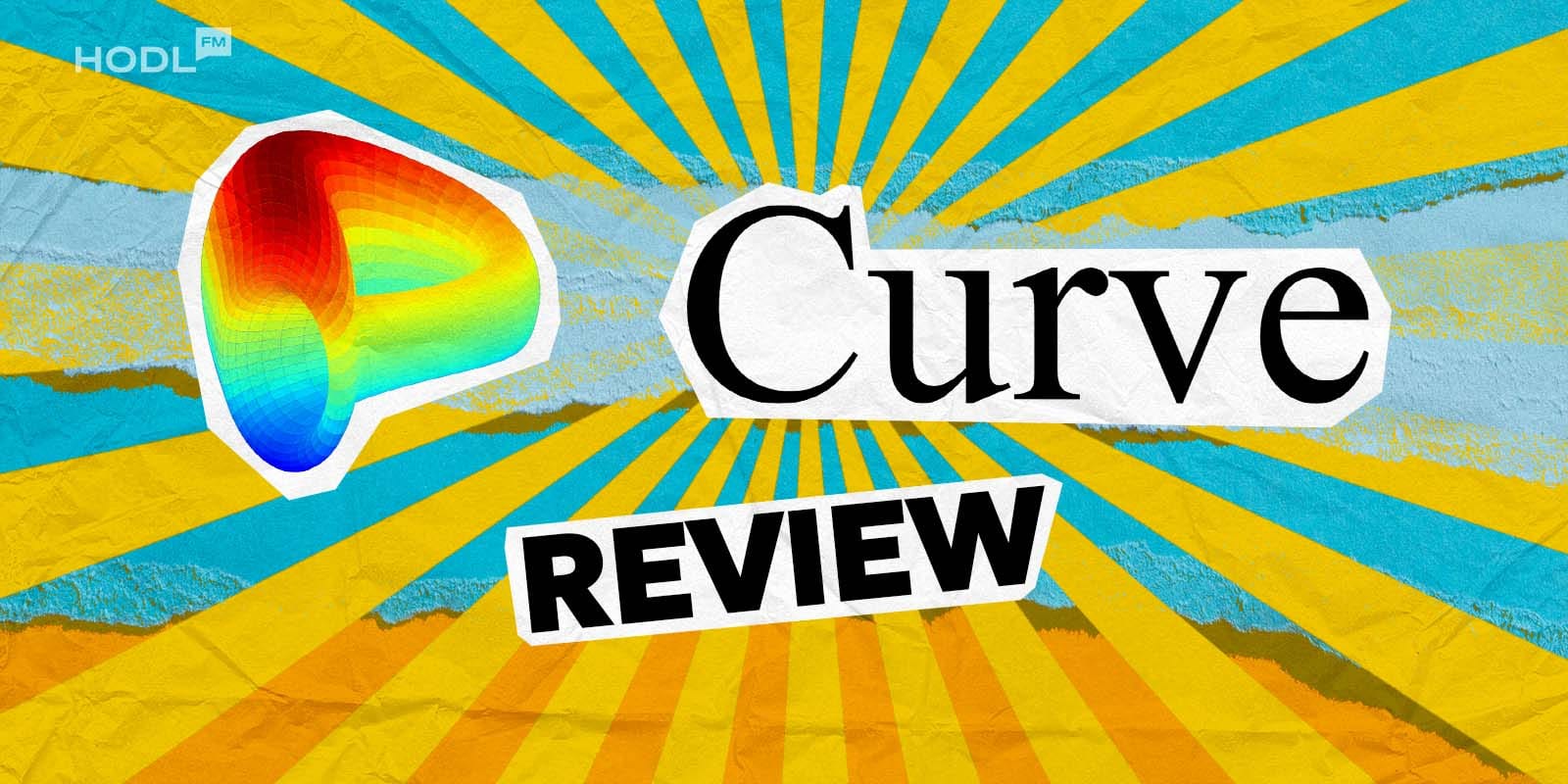
Disclaimer: All materials on this site are for informational purposes only. None of the material should be interpreted as investment advice. Please note that despite the nature of much of the material created and hosted on this website, HODL FM is not a financial reference resource, and the opinions of authors and other contributors are their own and should not be taken as financial advice. If you require advice. HODL FM strongly recommends contacting a qualified industry professional.
